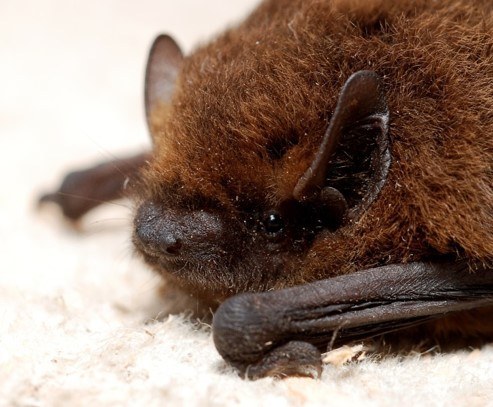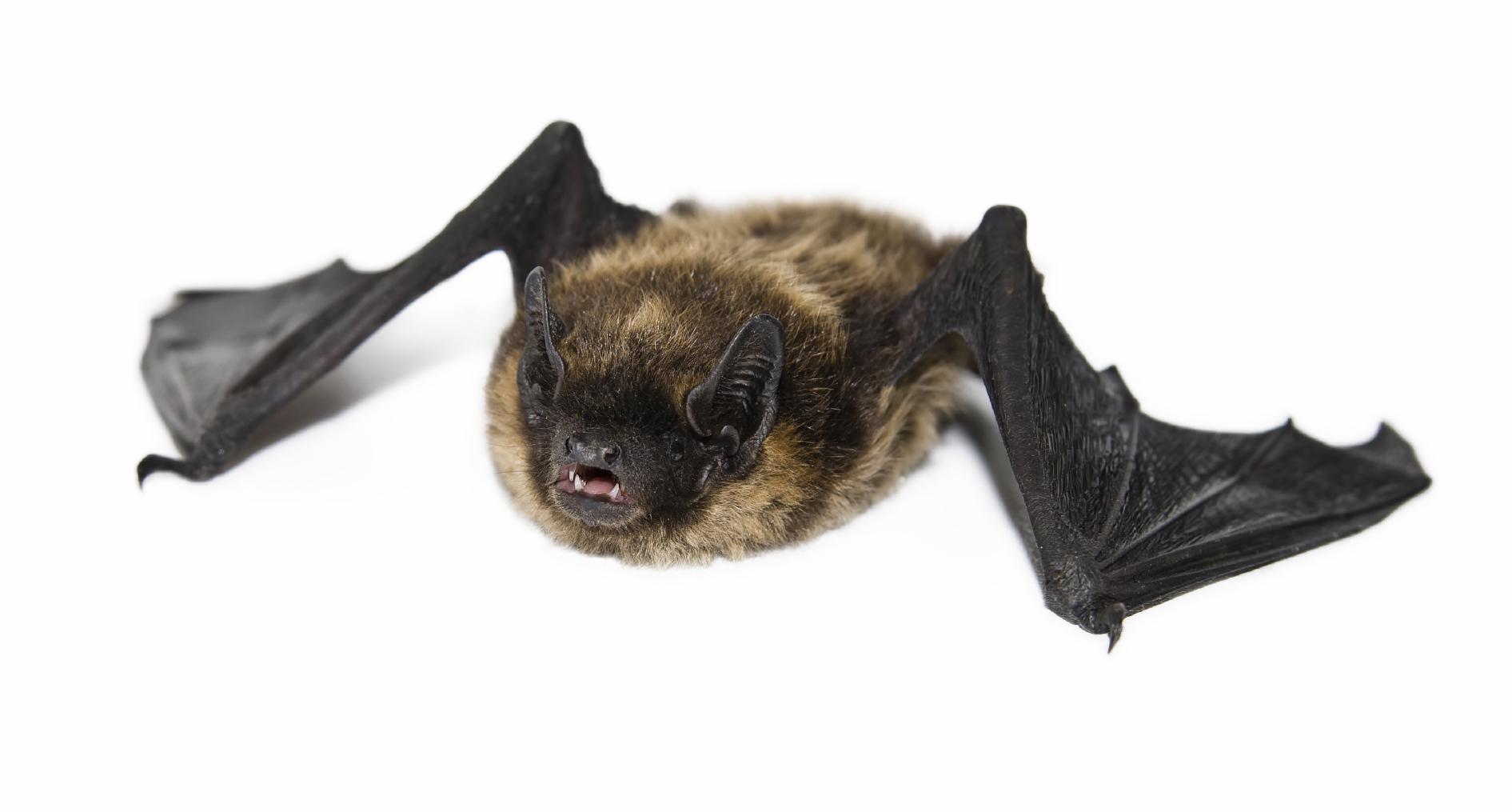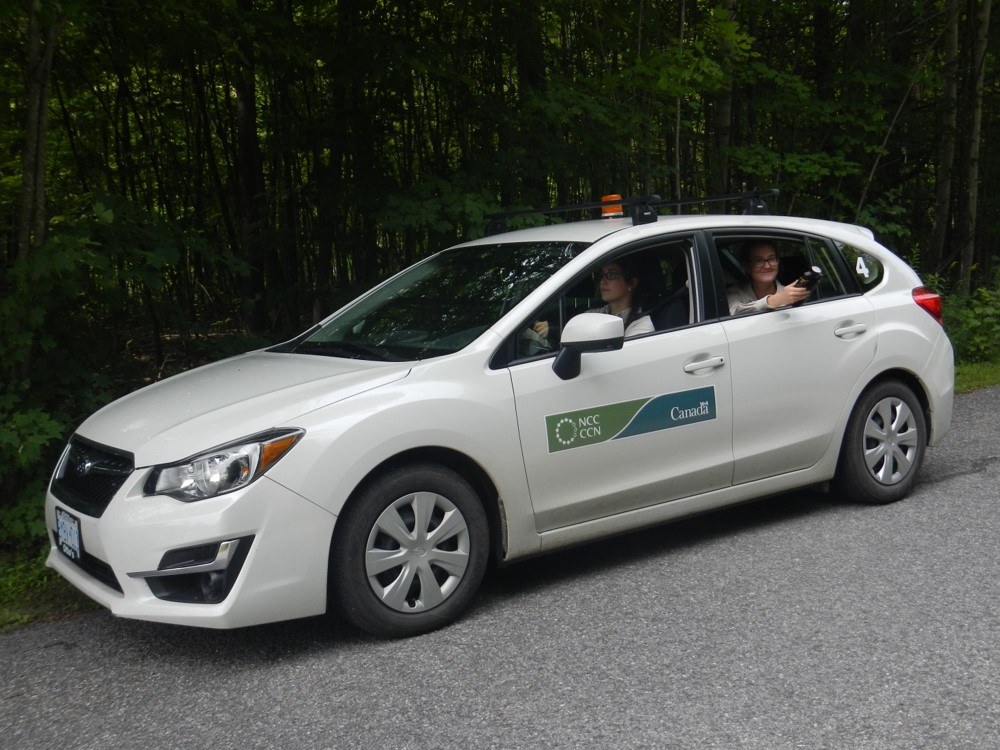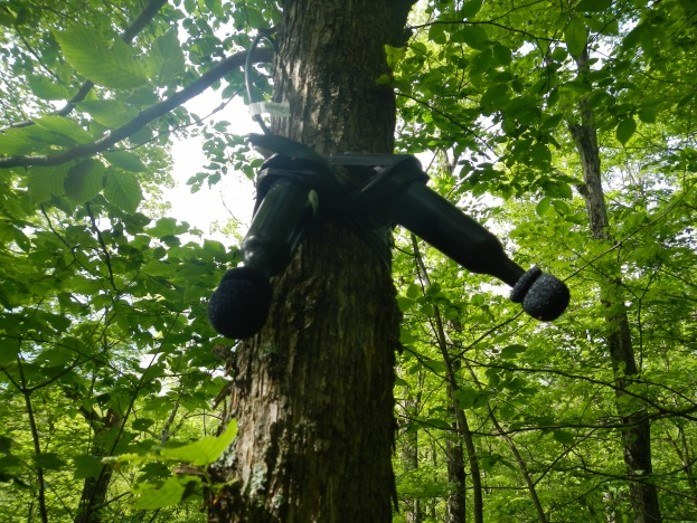
Isabelle Beaudoin-Roy
Biologist
Halloween is just around the corner, and bats are popular creatures of the night that play a big part in Halloween festivities. But these mammals also play an important role in our ecosystems.
The bat species in Quebec are insectivores, and therefore eat a lot of insects, some of which are harmful to farms and forests. Protecting bats is important, especially because some bat species are at risk.
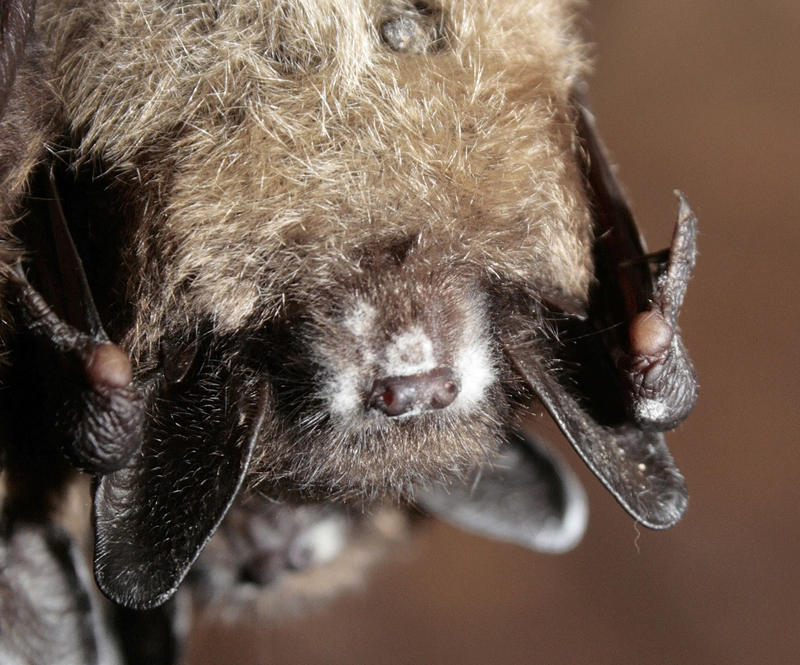
White-nose syndrome: a growing problem
Gatineau Park is home to eight bat species, three of which are particularly affected by white-nose syndrome, an infection caused by a type of fungus.
This disease has been spreading among several species of bats in North America since 2006. The fungus grows in cold, damp places, and is affecting species that hibernate in caves. White patches can be seen on the muzzles and wings of bats that have the disease.
The fungus causes itching, and the bats wake up from hibernation more frequently, which depletes their fat reserves and causes them to die before the end of winter. It is very important to protect them, as some populations have been reduced by as much as 95 percent.
Study of three bat species at risk
In 2017, NCC biologists received a grant from Environment and Climate Change Canada’s Interdepartmental Recovery Fund for species at risk, and began a study on three legally protected bat species:
- The tri-coloured bat, which is about 8 cm long, with tri-coloured hairs (grey at the base, yellowish in the middle and brown at the tip);
- The northern myotis, which is about 8 cm long, with very large ears;
- The little brown myotis, which is about 9 cm long, and similar to the northern myotis, but with smaller ears.
The objective is to determine the distribution of these species at risk, to ensure their protection in Gatineau Park and on the NCC’s urban lands in Quebec.
Acoustic inventory in various habitats
During the summers of 2017 and 2018, NCC student biologists conducted bat inventories. They used the Anabat detector, which captures the ultrasonic calls that bats emit to navigate and hunt. The signals are recorded and analyzed by experts, to identify the bat species present in the study areas.
Information was gathered in the following ways:
- Mobile recording, in vehicles: One evening per week, from mid-June to the end of July, to determine the distribution of bat species along the parkways and on the Eardley-Masham Road.
- Stationary recording at about 20 stations: Stationary detectors were installed for one-week periods at each station, to detect species at risk and determine their distribution in various habitats in Gatineau Park.
Visual and acoustic inventories of roosting sites
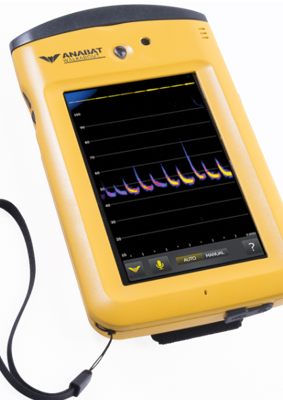
Between June and August, the females of the species we were studying gather at maternity roosts, where they give birth and raise their pups. A female usually gives birth to one or two pups per year. Bats leave the maternity roosts in late summer, once their young have learned to fly. In the winter, some bat species, including the little brown myotis, northern myotis and tri-coloured bat, hibernate in caves and other cavities.
We also researched bat roosting sites in 2017 and 2018, with the help of visual and acoustic inventories. The main potentially inhabited roosting sites found were unused buildings and dead trees. Observation of maternity roosts is important. It helps us to take the actions necessary to avoid harming bats when required work is being undertaken.
In addition, one component of the project was the installation of different types of bat houses at one of the study sites. This component was made possible through a partnership between the NCC, Environment and Climate Change Canada, McGill University and Quebec’s Ministère des Forêts, de la Faune et des Parcs. The objective was to determine which model of bat house was best suited to bats, for example, if the temperature is optimal (which is between 28 and 30 degrees Celsius). If one model achieved better results, then it would be used for other projects that included the installation of bat houses.
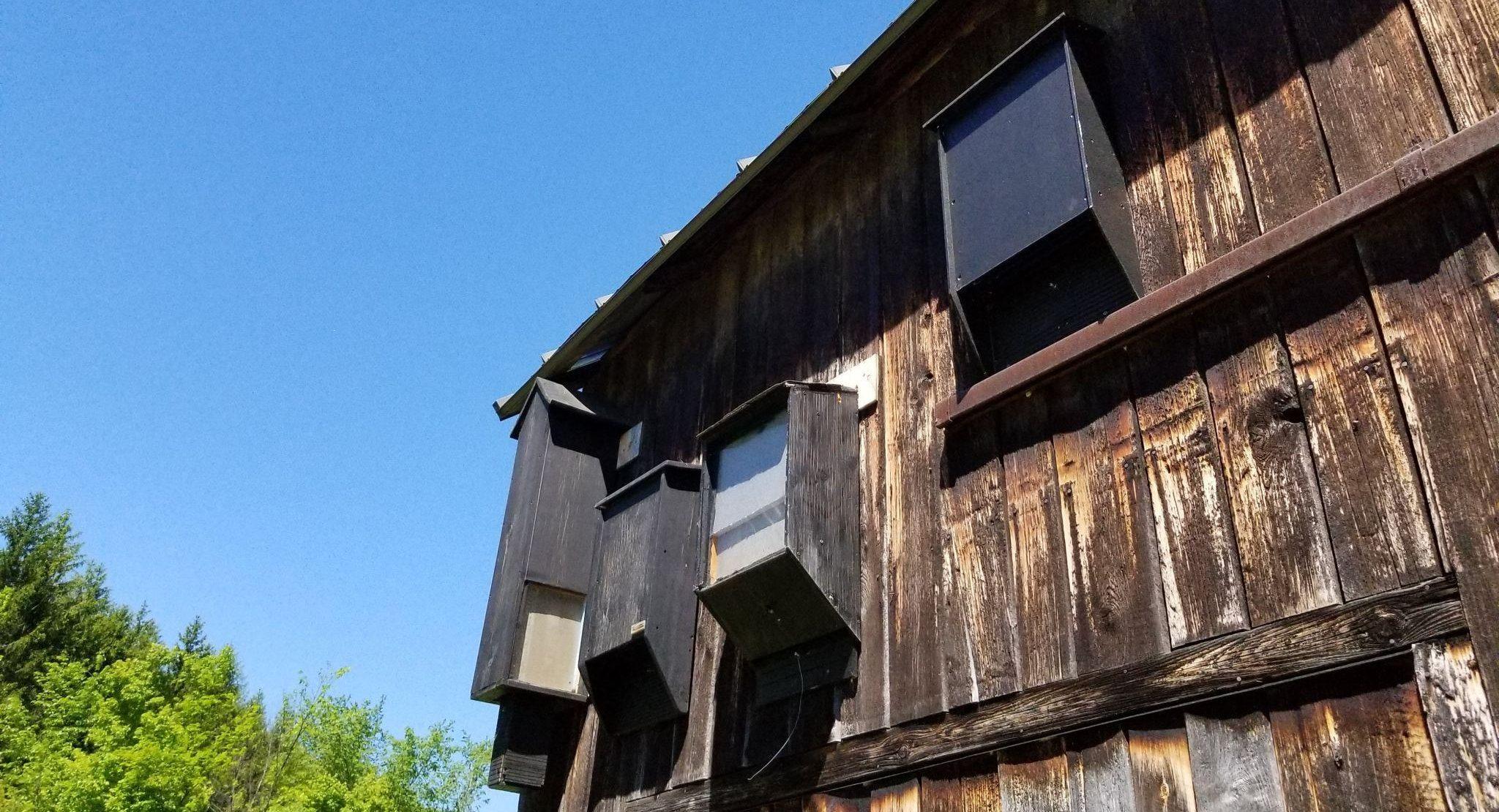
Results
Through this project, we recorded 5,383 bat calls, which were analyzed by experts from the Groupe Chiroptères du Québec. This number does not represent the total number of individuals, since several recordings at one site could come from the same bat. About six percent of the calls came from the bat species at risk that we were studying, which were detected at several different sites. Most of the recorded calls came from species that are not at risk: the large brown bat and silver-haired bat. Other species detected included the eastern red bat and hoary bat. The small-footed bat is probably also present, but is difficult to detect.
The inventory work will probably continue for four years, and will target the four main sites of interest identified for bat species at risk in 2017–2018. The park is an ideal haven for bats, but it is through our partnerships that we can join forces to protect bats. Our data are useful for monitoring bat populations province-wide. They could also be useful for other research projects focusing on bats.
You too can help protect bats

If you know of a spot where there are bats, please do not hesitate to do the following:
- Fill out the appropriate form on the Neighbourhood Bat Watch website: batwatch.ca.
- Record your observation at inaturalist.ca.
- Let us know if the site is on NCC lands: info@ncc-ccn.ca.
To find out more about how to help bats, visit the Canadian Wildlife Federation website.
